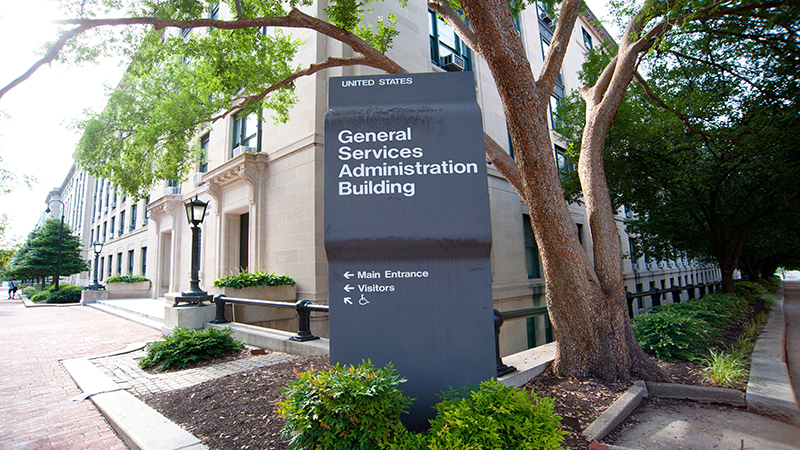
Facing criticism that $150,000 was spent to create a FedRAMP dashboard virtually identical to the existing FedRAMP OnRamp dashboard, the General Services Administration (GSA) said that the new dashboard performs unique functions and that it has processes in place to ensure that systems are not unnecessarily duplicated.
“From a very high level, there are some differences between the dashboard you’re talking about and the FedRAMP dashboard, but in the future, what we’ll do now and in the future, is assess what’s in the marketplace,” said David Shive, GSA’s chief information officer. “We buy first, we build second.”
GSA announced the launch of the FedRAMP Marketplace Dashboard on Aug. 17, which was created through an agile blanket purchase agreement (BPA) with True Tandem. This was the first BPA awarded by 18F, an office within GSA. The FedRAMP OnRamp dashboard was created by MeriTalk in February 2014. Both dashboards track existing Authority to Operates (ATO) and ATOs in progress.
Speaking Thursday at the Technology Industry Day at GSA headquarters, Shive said GSA would focus on greater communication with the private sector as a means of avoiding unnecessary duplication.
“We’ll do assessments to say ‘does something out there exist in the Federal marketplace right now? Does it exist in industry?’ If it already exists, there will have to be some really compelling, mission-specific needs for us to go re-create that thing,” said Shive. “But we need our industry partners to consistently talk to us about what’s out there.”
“We’re going to be a better buyer, and we’re going to be a better partner,” said GSA Administrator Denise Turner-Roth. “We want to make sure that the changes we’re making internally are not mysteries.”
Officials also addressed concerns that GSA has not tackled the deeper IT needs of government agencies that are in need of urgent attention.
“There have been questions from Congress […] and there have been definitely questions in general about, ‘is 18F, is TTS going to tackle some of the high-priority problems and technology that’s been in GAO lists and things like that?’ And my answer to that is that I certainly hope so,” said Hillary Hartley, deputy executive director at 18F.
Navin Vembar, the agency’s chief technology officer, said that one of the major roadblocks in moving forward with these high-priority problems is adjusting the GSA culture in how it delivers products.
“We have to be willing partners in all of this and we have to adjust our culture,” said Vembar, adding that they needed to act in a more user-focused direction.
One solution championed by GSA is the idea of creating an Information Technology Monetary Fund (ITMF), a revolving capital fund that would provide agencies with a loan to modernize certain IT systems outside their current budget. The proposal is being discussed in Congress.
“I don’t think that anybody can safely say that the $80-plus billion spent for IT in the Federal space is supremely well spent,” Shive said. “I think that most would assume that there’s opportunities for improvement.”
Turner-Roth said the government is spending more to maintain and protect current systems than it would cost to replace them.
“ITMF takes into account a couple of realities about how money is spent in agencies right now to deliver against the technology mission of each agency and tries to solve some of those problems by creating a single fund to act against for modernization,” said Shive. “This could all happen much quicker if the ITMF is passed.”
Aaron Snow, executive director at 18F, also explained that “it’ll be incredibly important to make a safe space here to fail sometimes.”
“We do want to be transparent in what we’re doing. We do welcome the tough questions,” Turner-Roth said. “We may not have all the answers.”
Editor’s Note: This article has been updated to correct the date the FedRAMP OnRamp dashboard was created.
